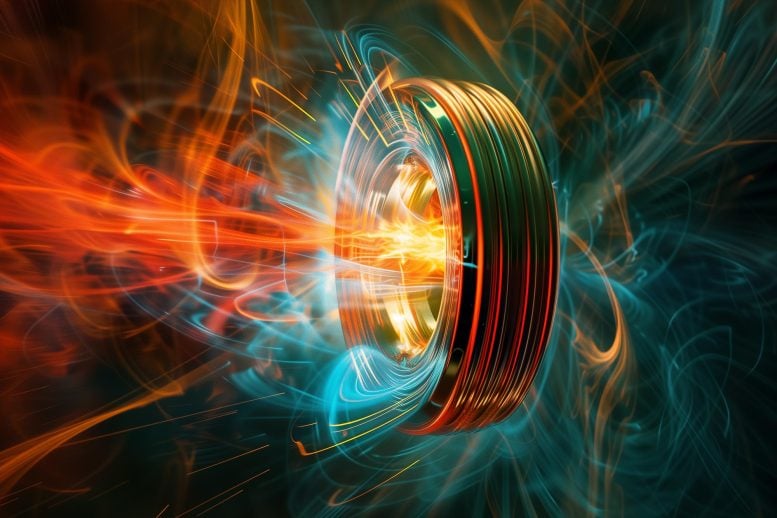
Altermagnetism introduces a third magnetic phase, combining the non-magnetization of antiferromagnets with the strong spin-dependent phenomena of ferromagnets. Discovered through international collaboration, this new phase offers significant potential for spintronics, bridging previous gaps in magnetic material applications. Credit: SciTechDaily.com
Experiments at the Swiss Light Source SLS prove the existence of a new type of magnetism, with broad implications for technology and research.
There is now a new addition to the magnetic family: thanks to experiments at the Swiss Light Source SLS, researchers have proved the existence of altermagnetism. The experimental discovery of this new branch of magnetism is reported in Nature and signifies new fundamental physics, with major implications for spintronics.
Magnetism is a lot more than just things that stick to the fridge. This understanding came with the discovery of antiferromagnets nearly a century ago. Since then, the family of magnetic materials has been divided into two fundamental phases: the ferromagnetic branch known for several millennia and the antiferromagnetic branch. The experimental proof of a third branch of magnetism, termed altermagnetism, was made at the Swiss Light Source (SLS), by an international collaboration led by the Czech Academy of Sciences together with Paul Scherrer Institute (PSI).
The fundamental magnetic phases are defined by the specific spontaneous arrangements of magnetic moments – or electron spins – and of atoms that carry the moments in crystals. Ferromagnets are the type of magnets that stick to the fridge: here spins point in the same direction, giving macroscopic magnetism. In antiferromagnetic materials, spins point in alternating directions, with the result that the materials possess no macroscopic net magnetization – and thus don’t stick to the fridge. Although other types of magnetism, such as diamagnetism and paramagnetism have been categorized, these describe specific responses to externally applied magnetic fields rather than spontaneous magnetic orderings in materials.
Discovery and Properties of Altermagnets
Altermagnets have a special combination of the arrangement of spins and crystal symmetries. The spins alternate, as in antiferromagnets, resulting in no net magnetization. Yet, rather than simply canceling out, the symmetries give an electronic band structure with strong spin polarization that flips in direction as you pass through the material’s energy bands – hence the name altermagnets. This results in highly useful properties more resemblant of ferromagnets, as well as some completely new properties.
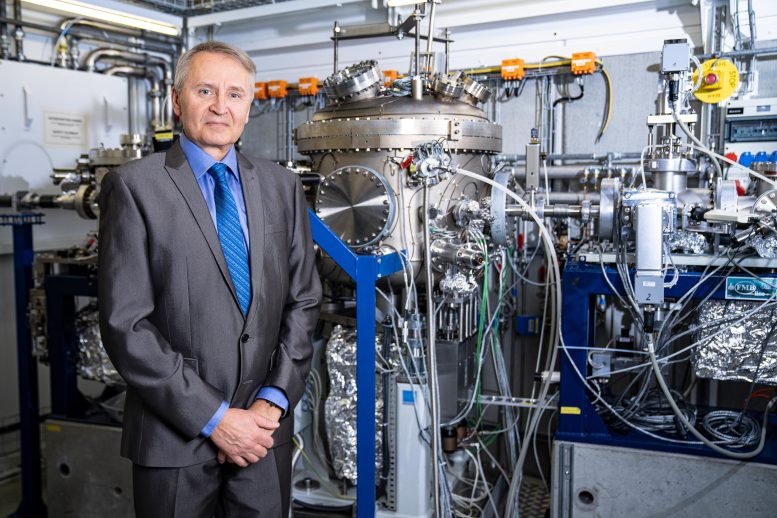
In Nature, researchers report the discovery of a new type of fundamental magnetism, termed ‘altermagnetism’. Here, Juraj Krempasky, scientist at PSI and first author of the publication stands at the Swiss Light Source SLS where the experimental proof of altermagnetism was made. Credit: Paul Scherrer Institut / Mahir Dzambegovic
Implications for Spintronics
This third magnetic sibling offers distinct advantages for the developing field of next-generation magnetic memory technology, known as spintronics. Whereas electronics makes use only of the charge of the electrons, spintronics also exploits the spin-state of electrons to carry information.
Although spintronics has for some years promised to revolutionize IT, it’s still in its infancy. Typically, ferromagnets have been used for such devices, as they offer certain highly desirable strong spin-dependent physical phenomena. Yet the macroscopic net magnetization that is useful in so many other applications poses practical limitations on the scalability of these devices as it causes crosstalk between bits – the information carrying elements in data storage.
More recently, antiferromagnets have been investigated for spintronics, as they benefit from having no net magnetization and thus offer ultra-scalability and energy efficiency. However, the strong spin-dependent effects that are so useful in ferromagnets are lacking, again hindering their practical applicability.
Here enter altermagnets with the best of both: zero net magnetisation together with the coveted strong spin-dependent phenomena typically found in ferromagnets – merits that were regarded as principally incompatible.
“That’s the magic about altermagnets,” says Tomáš Jungwirth from the Institute of Physics of the Czech Academy of Sciences, principal investigator of the study. “Something that people believed was impossible until recent theoretical predictions is in fact possible.”
Theoretical Predictions and Experimental Validation
Murmurings that a new type of magnetism was lurking began not long ago: In 2019, Jungwirth together with theoretical colleagues at the Czech Academy of Sciences and University of Mainz identified a class of magnetic materials with a spin structure that did not fit within the classic descriptions of ferromagnetism or antiferromagnetism.
In 2022, the theorists published their predictions of the existence of altermagnetism. They uncovered more than two hundred altermagnetic candidates in materials ranging from insulators and semiconductors, to metals and superconductors. Many of these materials have been well known and extensively explored in the past, without noticing their altermagnetic nature. Due to the huge research and application opportunities that altermagnetism poses, these predictions caused great excitement within the community. The search was on.
Obtaining direct experimental proof of altermagnetism’s existence required demonstrating the unique spin symmetry characteristics predicted in altermagnets. The proof came using spin- and angle resolved photoemission spectroscopy at the SIS (COPHEE endstation) and ADRESS beamlines of the SLS. This technique enabled the team to visualize a tell-tale feature in the electronic structure of a suspected altermagnet: the splitting of electronic bands corresponding to different spin states, known as the lifting of Kramers spin degeneracy.
The discovery was made in crystals of manganese telluride, a well-known simple two-element material. Traditionally, the material has been regarded as a classic antiferromagnet because the magnetic moments on neighboring manganese atoms point in opposite directions, generating a vanishing net magnetization.
“Now that we have brought it to light, many people around the world will be able to work on it.” — Tomáš Jungwirth
However, antiferromagnets should not exhibit lifted Kramers spin degeneracy by the magnetic order, whereas ferromagnets or altermagnets should. When the scientists saw the lifting of Kramers spin degeneracy, accompanied by the vanishing net magnetization, they knew they were looking at an altermagnet.
“Thanks to the high precision and sensitivity of our measurements, we could detect the characteristic alternating splitting of the energy levels corresponding to opposite spin states and thus demonstrate that manganese telluride is neither a conventional antiferromagnet nor a conventional ferromagnet but belongs to the new altermagnetic branch of magnetic materials,” says Juraj Krempasky, beamline scientist in the Beamline Optics Group at PSI and first author of the study.
The beamlines that enabled this discovery are now disassembled, awaiting the SLS 2.0 upgrade. After twenty years of successful science, the COPHEE endstation will be completely integrated into the new ‘QUEST’ beamline. “It was with the last photons of light at COPHEE that we made these experiments. That they gave such an important scientific breakthrough is very emotional for us,” adds Krempasky.
Conclusion and Future Directions
The researchers believe that this new fundamental discovery in magnetism will enrich our understanding of condensed-matter physics, with impact across diverse areas of research and technology. As well as its advantages to the developing field of spintronics, it also offers a promising platform for exploring unconventional superconductivity, through new insights into superconducting states that can arise in different magnetic materials.
“Altermagnetism is actually not something hugely complicated. It is something entirely fundamental that was in front of our eyes for decades without noticing it,” says Jungwirth. “And it is not something that exists only in a few obscure materials. It exists in many crystals that people simply had in their drawers. In that sense, now that we have brought it to light, many people around the world will be able to work on it, giving the potential for a broad impact.”
Reference: “Altermagnetic lifting of Kramers spin degeneracy” by J. Krempaský, L. Šmejkal, S. W. D’Souza, M. Hajlaoui, G. Springholz, K. Uhlířová, F. Alarab, P. C. Constantinou, V. Strocov, D. Usanov, W. R. Pudelko, R. González-Hernández, A. Birk Hellenes, Z. Jansa, H. Reichlová, Z. Šobáň, R. D. Gonzalez Betancourt, P. Wadley, J. Sinova, D. Kriegner, J. Minár, J. H. Dil and T. Jungwirth, 14 February 2024, Nature.
DOI: 10.1038/s41586-023-06907-7

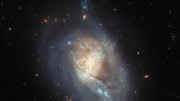
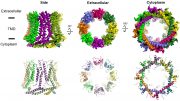

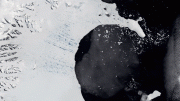
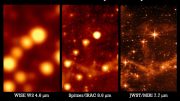

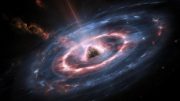

Richard Feynman would spin in his grave.
You have proof ? Show it
Left me confused! Gave me no real ideal what this is, how it works and practical way it will be used in our life. Very vague! Examples uses of the three types and how they differ. One is like a magnet for the fridge leaves me wondering what I can relate the other two. I have no clue what it is. They spent way too much time blabbing on about nothing useful to my understanding!